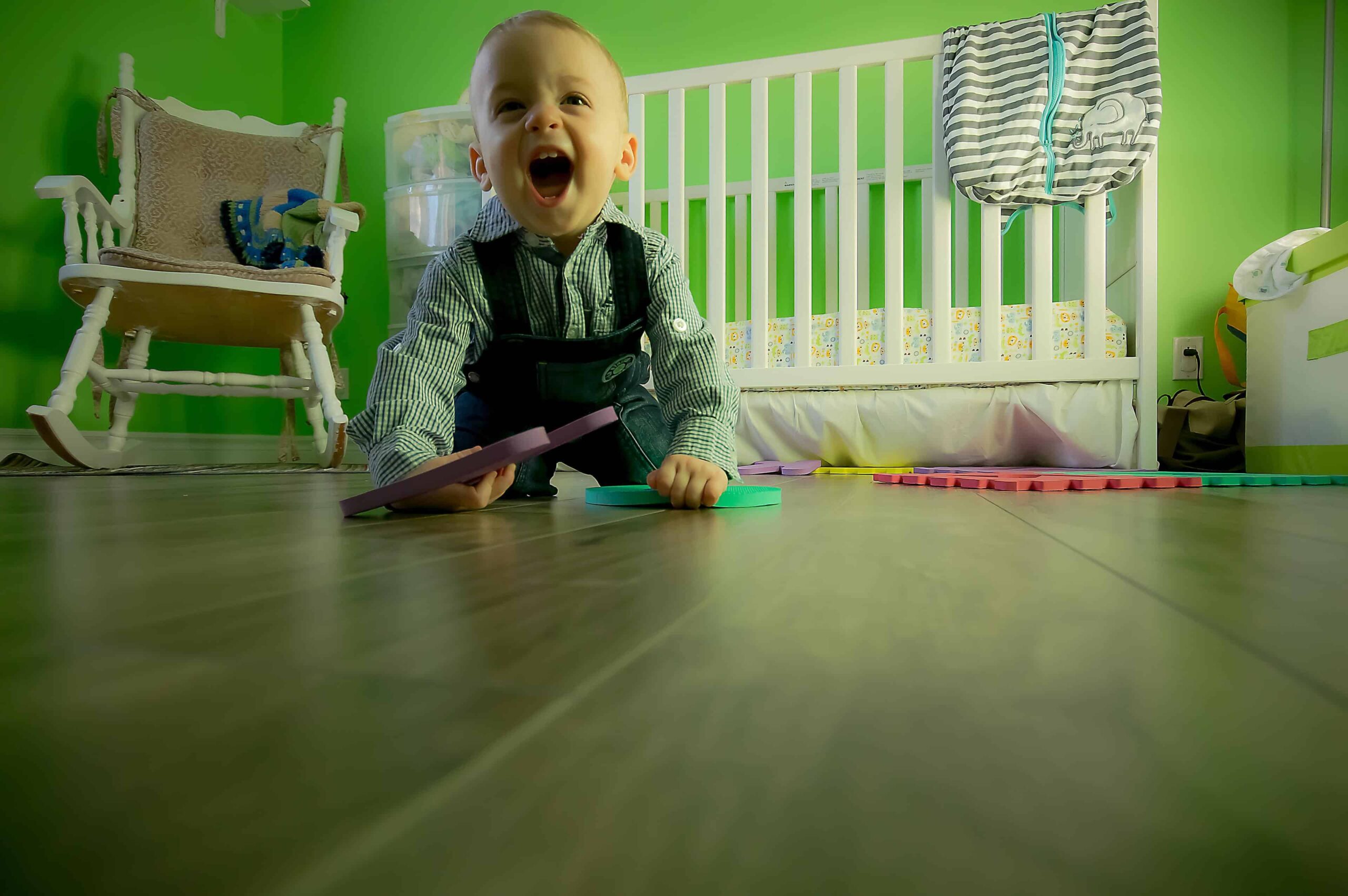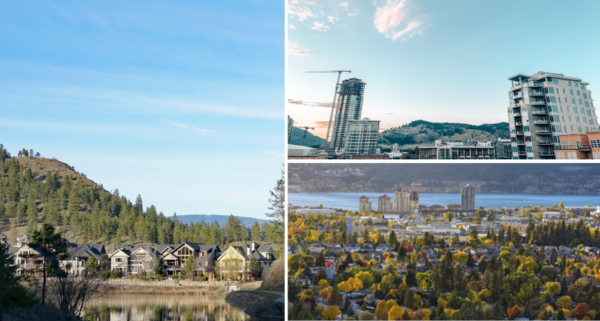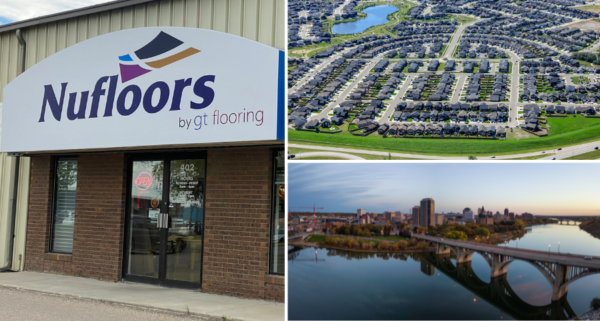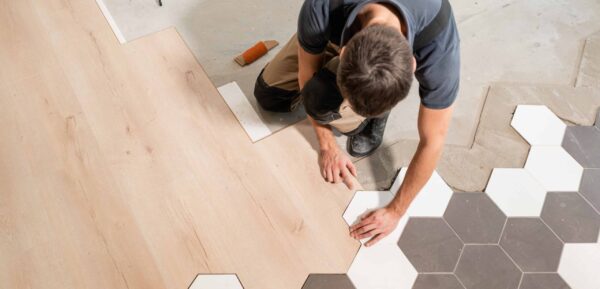Dirt and dust are not only an annoyance, but when it comes to maintaining hardwood floors they can be harmful. In this blog, we will share tips on how to prevent dirt and dust from damaging your hardwood floors, as well as how to properly clean your floor, which is the key to the longevity of your investment.
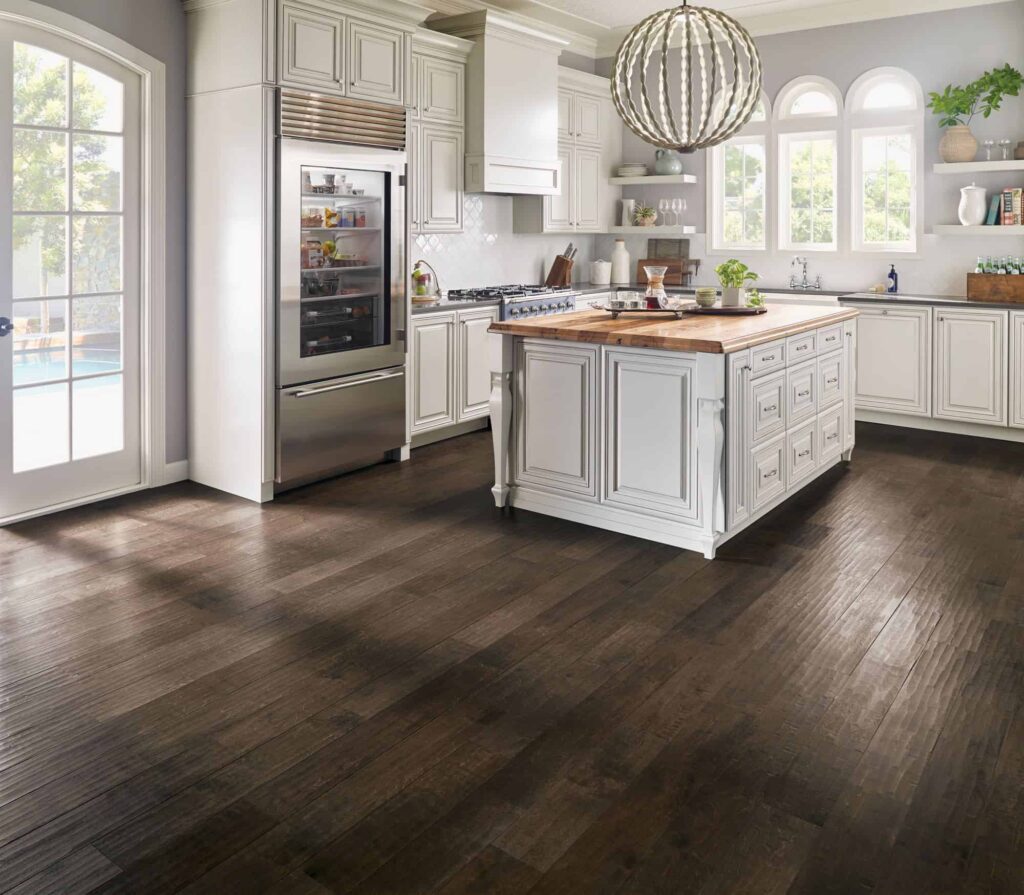
Dirt and dust, what is it?
Dirt and dust are made up of many different substances and elements found in our homes to make one complex substance. These different substances eventually break down, scatter together, and accumulate into complex dirt and dust particles. Complex dirt found in homes will typically contain standard elements like clay and sand. However, unexpected elements such as cooking oils, dyes, dead skin cells, food particles, pollen, salts, and allergens from dust mites can also be found in complex dirt and dust particles.
How does dirt and dust get in our homes?
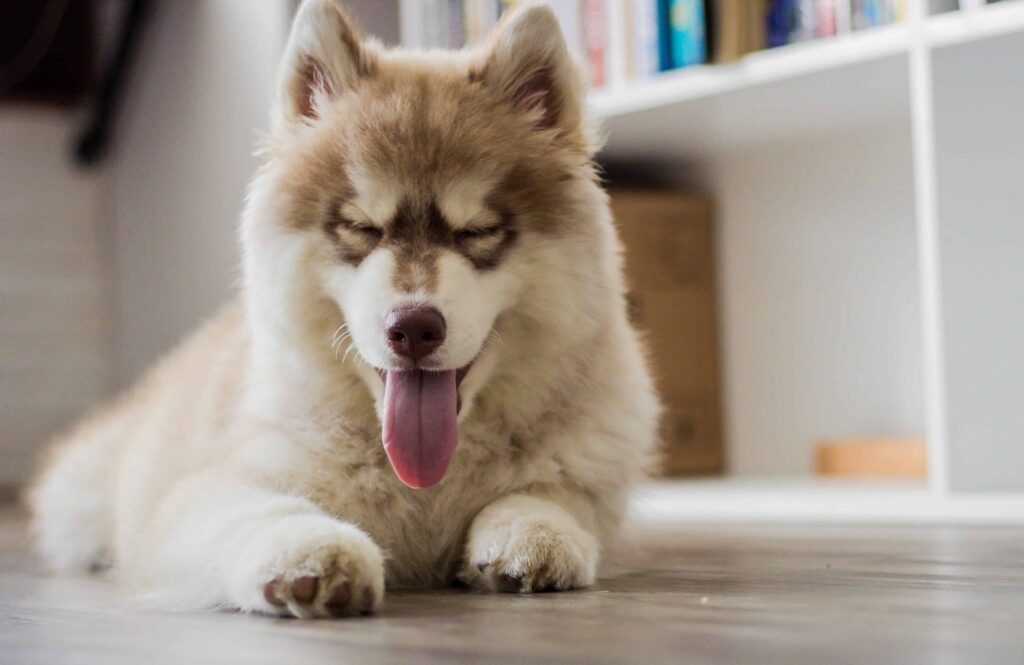
The number one way dirt is tracked inside is from our shoes and improperly cleaned entryway rugs, where particles then get transferred by sticking to socks or becoming airborne. Things like lawn chemicals or coal tar from asphalt roads can get tracked into your house via your shoes.
For maintaining your hardwood floors, removing your shoes is the best way to avoid this. In addition, try using two doormats – one inside and one outside. This will double the chance of trapping dirt before it lands on your hardwood floor. Vacuum your mats regularly.
Other contributors include humans, pets, open windows or doors (especially on the windy days), and kitchens. When food is spilled, and pieces are left behind on the floor, it will dull the finish and attract additional dirt. It also will get broken down into particles that get carried throughout the house by air or foot traffic. Spills happen. Blot spills immediately with an absorbent cloth to remove any residue and buff dry.
Dirt & Dust Causing Floor Damage
There are three ways dirt and dust cause damage to hardwood floors: discolouration, scratches and abrasions, and swelling or cracking.
- Discolouration: heavy foot traffic will break dirt and dust down into grime, which sticks to the floor, makes it look dull and blotchy, and over time can work its way into small cracks and wood grains. This causes deep discolouration and is difficult to remove without sanding and refinishing.
- Scratches and abrasions: when a human or pet comes in contact with large, coarse particles on the hardwood floor, it can cause damage by creating scratches and abrasions. Not only does this create an unpleasant look, it also forms perfect traps for grime to hide, resulting in more deep discolouration.
- Swelling and cracking: scratches and abrasions expose more of the wood to water, which can lead to swelling and cracking of the hardwood floor.
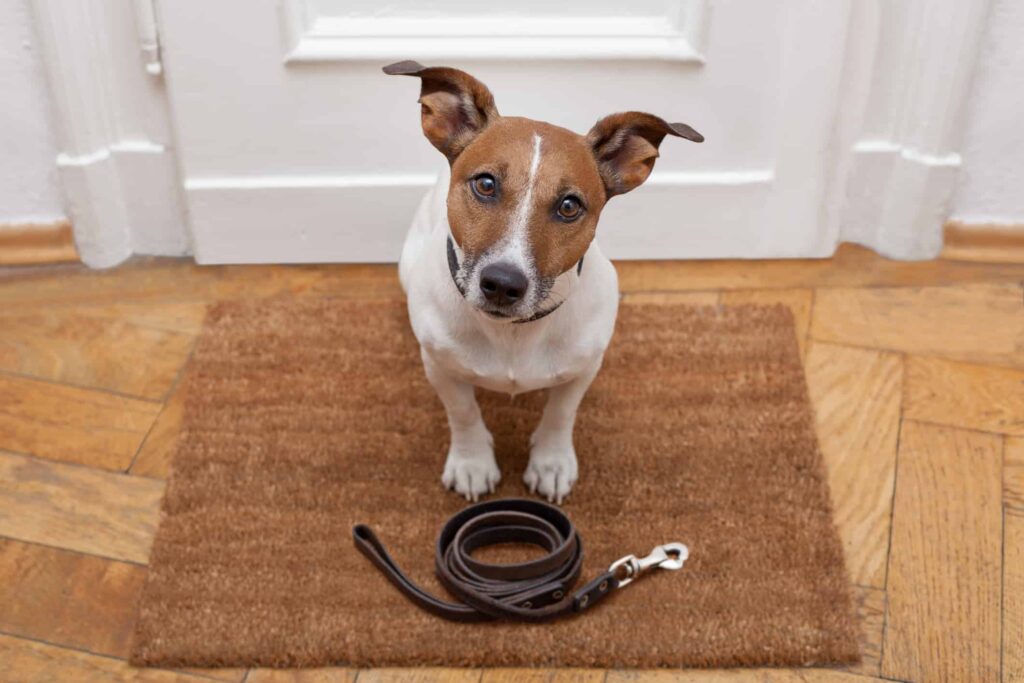
How to Clean and Maintain Hardwood Floors
To clean and maintain hardwood floors, start by regularly sweeping or vacuuming to remove dirt and debris. Use a damp mop with a professional hardwood floor cleaner to gently clean the surface. Avoid excess water and harsh chemicals, as they can damage the wood. Wipe up spills promptly to prevent staining, and place mats at entryways to trap dirt and moisture. Consider using furniture pads to protect the floors from scratches. And lastly, schedule professional maintenance, such as sanding and refinishing, as needed to keep your hardwood floors looking their best.
Prevention is Key
It is best to be proactive when it comes to preventing damage to your hardwood floors, simply by trying to reduce the amount of dust and dirt coming in from outside. Use these simple tips to limit the amount of dust being tracked inside and around your home:
- Ensure shoes are removed before walking on the floors.
- Place a rug inside and outside each entrance way as well as in high traffic areas.
- Regularly clean/vacuum the entryway areas.
- Keep windows and doors closed as much as possible.
- Use felt protectors on furniture to prevent scratches and abrasions.
- Throw away the broom. Consider either misting spray mops (Bona Hardwood Cleaners) or microfibre cleaning pads, which are more effective for trapping and collecting dirt and dust.
- Vacuum regularly. Nothing removes dirt and fine debris from a hardwood floor like a good vacuum cleaner. Make sure you use it with the oval floor brush head. Avoid using a rotating brush head as the bristles may scratch your floor.
- Most important: establish your own cleaning routine. Dust and dirt will inevitably find its way into your home, so the best way to prevent damage is regular cleaning and dusting of your floors.
These tips will ensure your beautiful hardwood floors looks great for decades. If you want to learn more about maintaining your hardwood floors, be sure to download our Hardwood Floor Care brochure. If you have questions, be sure to reach out! We’re here to help.

